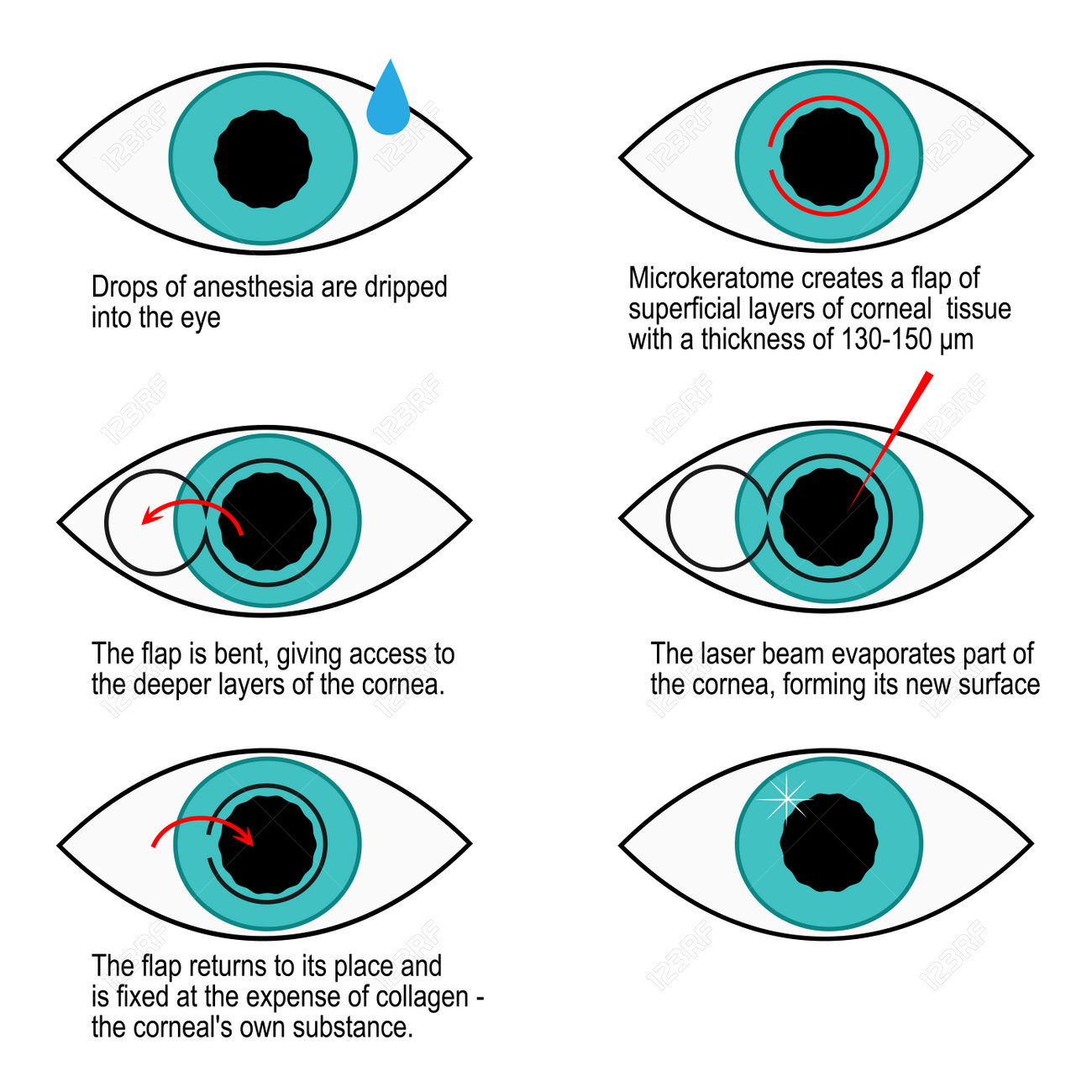What Are The Distinctions And Similarities In Between SMILE Eye Surgical Procedure And LASIK And PRK?
What Are The Distinctions And Similarities In Between SMILE Eye Surgical Procedure And LASIK And PRK?
Blog Article
Authored By-Dreyer Copeland
If you have actually been thinking about SMILE eye surgical procedure, you might ask yourself how it compares to LASIK and PRK. Each treatment has its own set of benefits and considerations. From quicker healing times to prospective risks, there are vital differences you need to recognize before choosing. Recognizing official site will aid you make an informed option that lines up with your details demands and expectations. Interested to recognize even more concerning just how these procedures contrast thoroughly? Keep on discovering to gain an extensive understanding of SMILE, LASIK, and PRK.
SMILE Eye Surgical Treatment Introduction
If you're taking into consideration SMILE eye surgery, you'll locate it to be a minimally intrusive procedure with a quick healing time. During SMILE (Tiny Cut Lenticule Removal), a laser is utilized to create a little, specific laceration in the cornea to get rid of a little piece of cells, reshaping it to correct your vision. This differs from LASIK, where a flap is created, and PRK, where the outer layer of the cornea is entirely eliminated.
One of the vital advantages of SMILE is its minimally invasive nature, causing a faster healing process and less pain post-surgery. The recovery time for SMILE is reasonably fast, with many patients experiencing enhanced vision within a day or 2. This makes it a preferred selection for those seeking a hassle-free and reliable vision correction treatment. In addition, SMILE has actually been shown to have a lower threat of dry eye disorder contrasted to LASIK, making it a desirable alternative for individuals concerned concerning this prospective negative effects.
Differences In Between SMILE, LASIK, and PRK
When comparing SMILE, LASIK, and PRK eye surgical treatments, it is necessary to recognize the unique strategies utilized in each treatment for vision correction.
SMILE (Little Laceration Lenticule Extraction) is a minimally invasive treatment that includes creating a small laceration to remove a lenticule from the cornea, improving it to correct vision.
LASIK (Laser-Assisted Sitting Keratomileusis) involves producing a thin flap on the cornea, using a laser to improve the underlying tissue, and afterwards rearranging the flap.
PRK (Photorefractive Keratectomy) removes the external layer of the cornea before improving the cells with a laser.
The primary distinction depends on the method the cornea is accessed and treated. SMILE is flapless, making it a good choice for people with thin corneas or those involved in get in touch with sports. LASIK offers rapid aesthetic recuperation because of the flap production, but it might posture a higher danger of flap-related problems. PRK, although having a much longer recovery duration, avoids flap-related problems completely.
Understanding these differences is important in selecting one of the most ideal treatment for your vision adjustment demands.
Benefits And Drawbacks Comparison
To assess the advantages and drawbacks of SMILE, LASIK, and PRK eye surgical treatments, it's important to take into consideration the particular advantages and prospective restrictions of each procedure. SMILE surgical procedure uses the benefit of a minimally invasive treatment, with a smaller incision and possibly quicker healing time contrasted to LASIK and PRK. It likewise lowers the danger of dry eye post-surgery, an usual negative effects of LASIK. Nevertheless, SMILE might have limitations in dealing with higher degrees of nearsightedness or astigmatism compared to LASIK.
LASIK surgical treatment gives rapid visual recovery and marginal discomfort throughout the procedure. It's very efficient in dealing with a large range of refractive mistakes, consisting of nearsightedness, hyperopia, and astigmatism. Yet, LASIK carries a risk of flap difficulties, which can influence the corneal structure.
PRK eye surgery, while not as prominent as LASIK, prevents producing a corneal flap, decreasing the danger of flap-related issues. It's suitable for people with thin corneas or irregular corneal surface areas. Nonetheless, PRK has a much longer recuperation time and may include a lot more discomfort during the healing process.
Final thought
So, when it pertains to choosing between SMILE, LASIK, and PRK, think of it like picking the ideal pair of footwear. SMILE is like a sleek, comfy set of tennis shoes - quick and simple.
LASIK is much more like fashionable high heels - fancy and quick, however with some potential threats.
PRK is like strong treking boots - trustworthy and sturdy, but requiring a little bit even more time and effort.
Inevitably, the best choice depends on your individual demands and choices.
